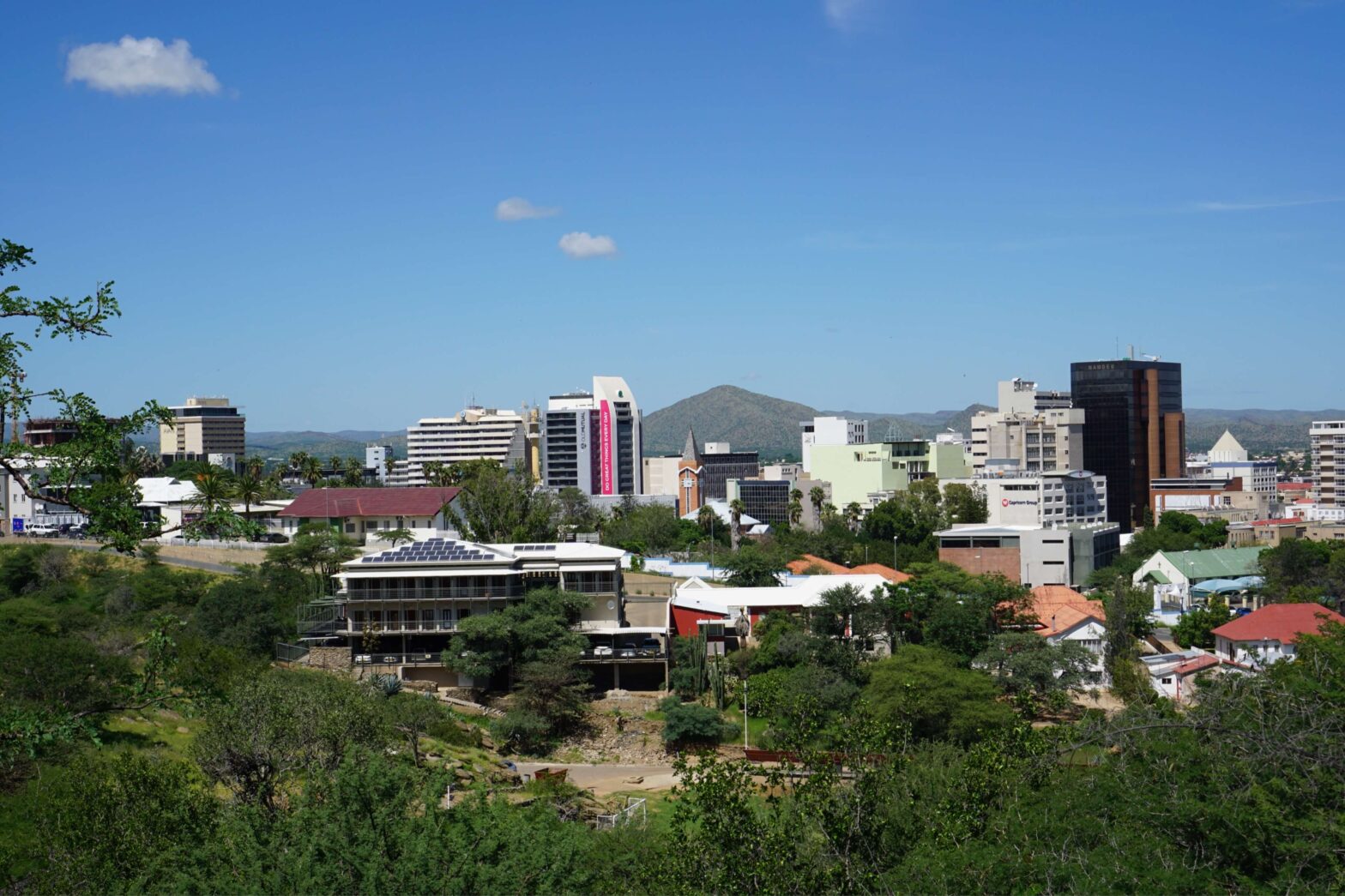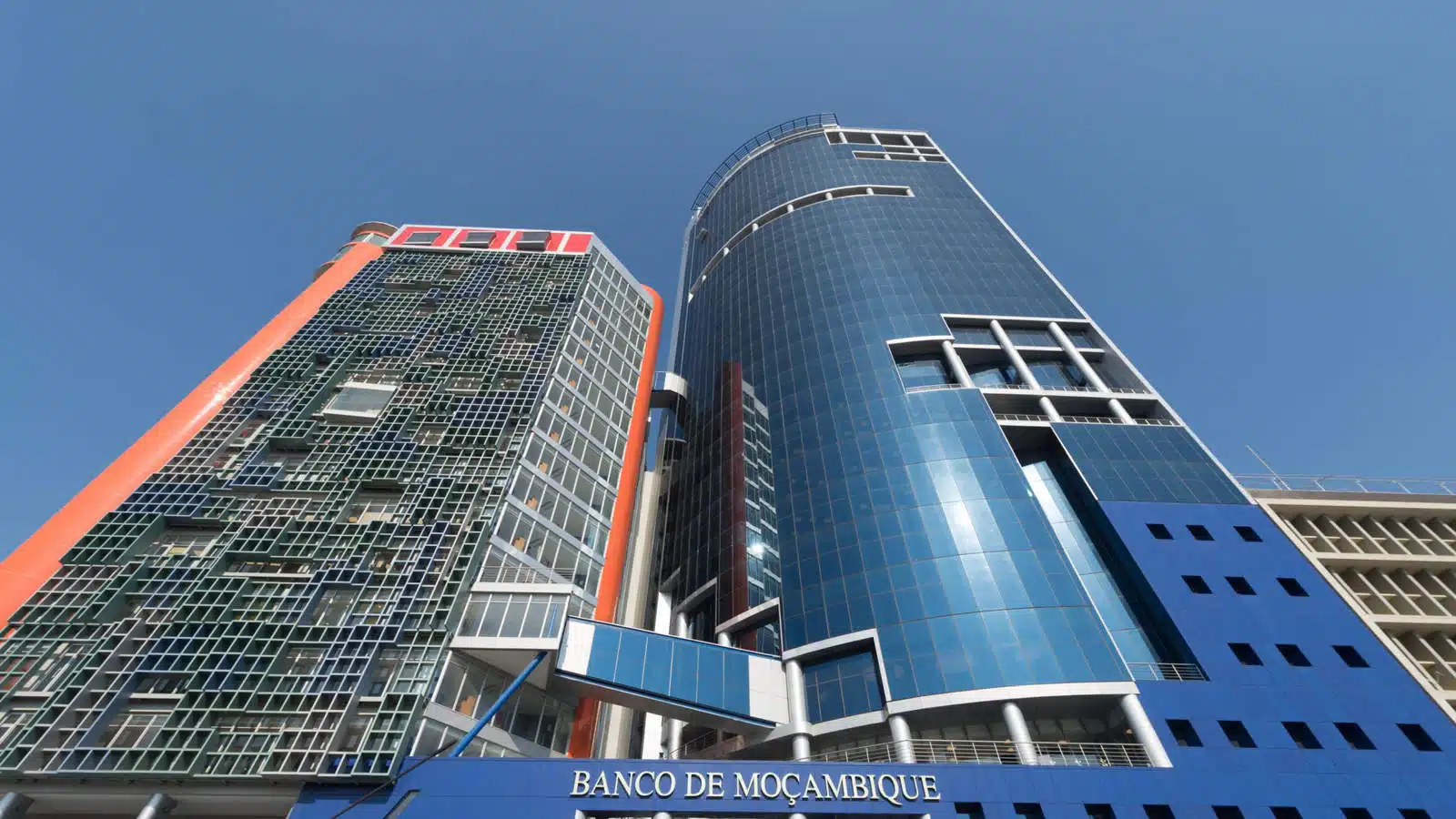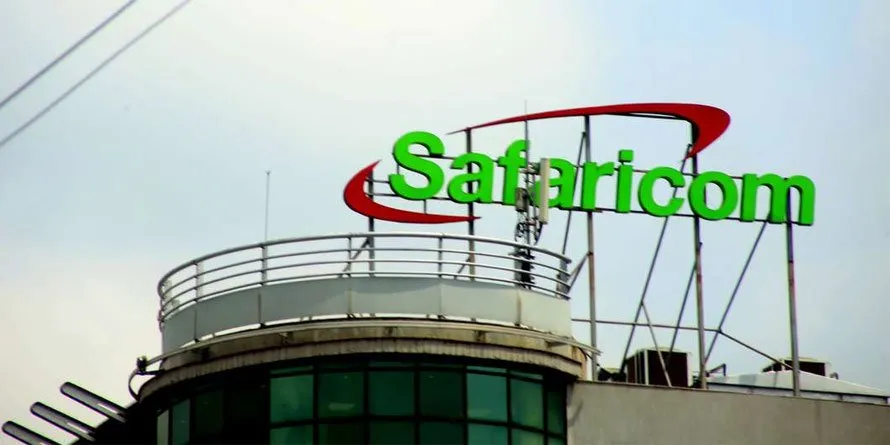South Africa’s unemployment rate fell for the first time this year in the third quarter of 2025, defying fears that US President Donald Trump’s 30% tariff would trigger massive job losses in Africa’s most industrialised economy.
The jobless rate eased to 31.9% in the three months to September, from 33.2% in the second quarter — the lowest level since the fourth quarter of 2024, according to data from Statistics South Africa (Stats SA). The agency attributed the improvement to gains in construction, social services, and trade.
Labour market recovery signals fragile improvement
The decline marks a rare relief in South Africa’s prolonged unemployment crisis, which has persisted above 30% since the COVID-19 pandemic in 2020. Stats SA reported that the number of unemployed people fell by 360,000 to 8.1 million, while employment rose by 248,000 to 17.1 million. The overall labour force shrank slightly by 112,000 to 25.1 million.
The broader, or expanded, unemployment rate — which includes discouraged jobseekers — also declined, falling to 42.4% from 43% in the previous quarter.
Six of ten industries recorded job gains, led by construction (+130,000), community and social services (+116,000), and trade (+108,000). Losses were concentrated in manufacturing (-62,000) and finance (-54,000).
At the provincial level, unemployment fell in seven of nine regions. The largest declines were in Limpopo (-5.2 points to 29.8%), Free State (-2.3 to 36.2%), and North West (-2.0 to 38.1%). Youth unemployment, covering jobseekers aged 15–24, dropped to 58.5%, its lowest in two years.
Revised methodology captures informal jobs
Solly Molayi, an Official at Stats SA, said the agency’s updated methodology — aligned with International Labour Organization standards and similar to Nigeria’s recent revision — helped better capture informal sector jobs.
“The new approach provides a more accurate reflection of employment, particularly in construction and small-scale trade,” Molayi said.
The changes contributed to stronger job numbers in the informal economy, which remains a critical buffer for millions of South Africans excluded from the formal labour market.
Economy shows modest growth momentum
The improvement in employment coincides with a modest rebound in economic activity. Gross Domestic Product grew by 0.8% in the second quarter, following a marginal 0.1% expansion in Q1 2025. It was the strongest performance since mid-2023 and the third consecutive quarter of positive growth.
Better electricity supply and easing logistics constraints supported the rebound. However, analysts caution that weak domestic demand continues to constrain private investment and sustainable job creation.
“To achieve sustained job growth, South Africa must raise investment from the current 14% of GDP to at least 16%,” said Gina Schoeman, Citi’s South Africa Economist. “Employment improves only when businesses expand capital expenditure.”
Tariff threat still looms over key sectors
The US tariffs — signed into effect by President Trump on July 31, just before his August 1 deadline — imposed new rates on dozens of countries. South Africa’s 30% levy placed it among the top five highest tariff targets, alongside China, Mexico, and Vietnam.
The US is South Africa’s third-largest trading partner, accounting for 7.5% of total exports, after China (11%) and the European Union (17%). The automotive and agricultural sectors are expected to be the hardest hit.
In August, the South African Reserve Bank and several industry groups warned the tariffs could threaten between 30,000 and 100,000 jobs.
“At this stage, approximately 30,000 jobs could be affected if the situation is mismanaged,” said Simphiwe Hamilton, Director-General of the Department of Trade, Industry and Competition.
The South African Federation of Trade Unions also expressed concern that the tariffs could accelerate deindustrialisation and retrenchments. “If unchallenged, these tariffs will decimate jobs in manufacturing, mining, and agriculture,” the unions said in a statement.
Political reactions highlight fragile gains
One of the country’s major political party, ActionSA described the decline in unemployment as a short-term rebound rather than evidence of structural recovery.
“We welcome the 248,000 jobs created in Q3, but South Africa still faces a deep jobs crisis with 12 million people out of work,” said Alan Beesley, a member of parliament for ActionSA.
Beesley noted that despite the Q3 gains, the country recorded a net employment decrease of 24,000 for the year so far — after a 291,000 job loss in Q1, a 19,000 gain in Q2, and the recent rebound in Q3.
“These shifts underline the fragility of the recovery,” he added. “Although the official unemployment rate fell from 33.2% to 31.9%, and the labour underutilisation rate edged down to 42.4%, the figures still reflect an economy struggling to absorb its workforce.”
Broader outlook
While the latest figures bring cautious optimism, analysts agree that South Africa’s unemployment crisis remains structural. Continued power-supply improvements, logistics reforms, and increased investment in manufacturing could sustain gains, but exposure to global shocks — including US trade policy — poses ongoing risks.
The misery index, combining inflation and unemployment, dropped to 35.3 in Q3 — the lowest since late 2024 — underscoring tentative progress. Yet, as economists warn, without deeper reforms to boost investment and productivity, the decline in unemployment may prove temporary.











